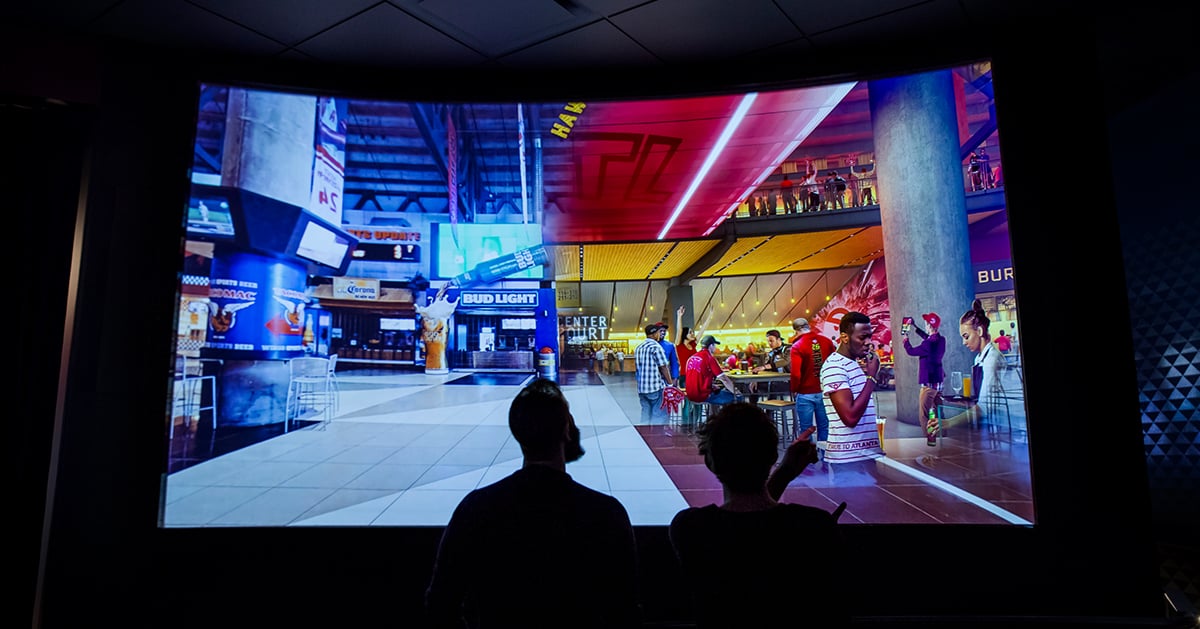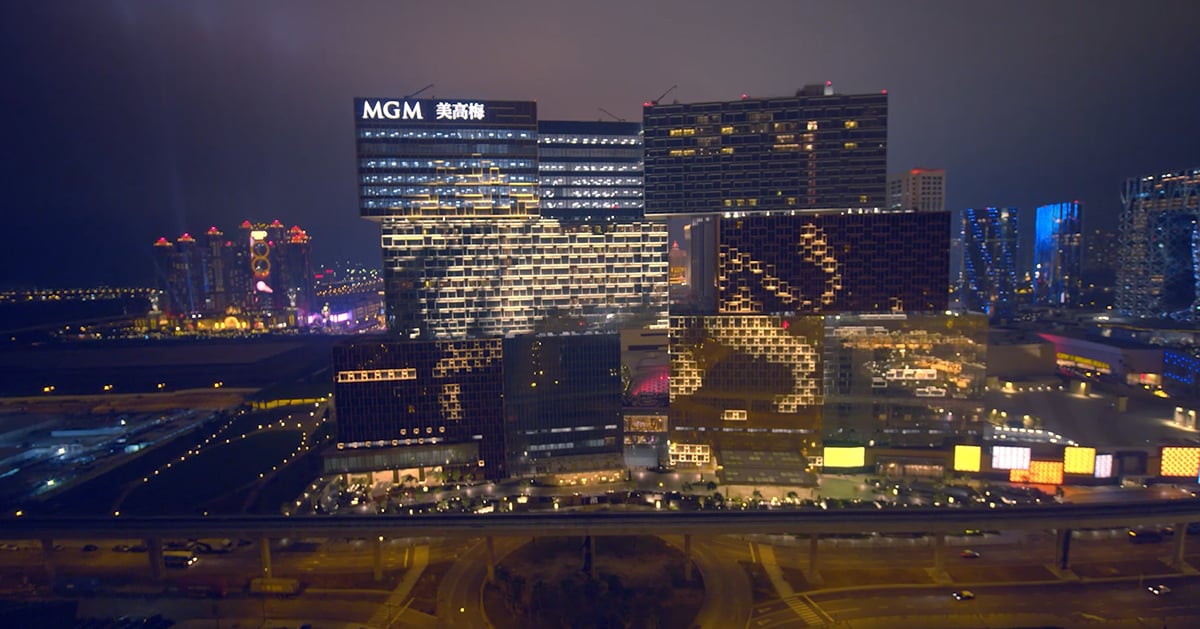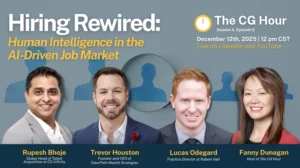In the world of design, whether it be for themed entertainment and theme parks, immersive experiences, museums, or any other space where we live, work and play, there are really two distinct camps of individuals and ways of thought.
On one side, you’ve got the engineers. These are the doers – the ones that make the technology play nicely, design safe, powerful and usable solutions, and work diligently to deliver the nuts and bolts of an impactful end result.
Then, you’ve got the creatives. These are the visionaries always dreaming up the next big thing or incredible use of innovative technology. They want to deliver first and one-of-a-kind and “wow,” and it all starts with a lofty vision for exactly what an experience should entail.
The traditional way of thinking has these two types of people butting heads on a project, engaging in a constant tug of war over what’s flowing from the creative’s innovative mind and what the engineer can make possible in reality.
However, it doesn’t have to be that way.
With modern technological solutions and a commitment to planning and executing a project the right way with collaboration and attention to detail, you can make the impossible possible.
Let’s explore how.

Communication Above All
The biggest key to getting the vision of a creative and the reality of an engineer in sync is actually a rather simple one – communication.
The more open and honest the two parties are with one another, the better the mutual understanding of a project’s vision and goals can be.
At a 2019 presentation at the Themed Entertainment Association’s SATE, Electrosonic Senior Consultant Paul Kent and Century Culture & Tourism’s Paul Osterhout dove into this central aspect of a beneficial partnership, delivering a talk titled “How to Talk Nerdy with Jazz Hands.”
Osterhout and Kent first identified the fundamental difference in the way creatives and engineers think. Osterhout, and other creatives, are divergent thinkers who use a question to generate a multitude of ideas. Engineers like Kent, on the other hand, are convergent thinkers who take a multitude of facts and deliver a clean, honest answer.
So, how can those two styles of thinking meld into a collaborative and communicative process? Here are some of Kent and Osterhout’s tips:
- Build sincere trust.
If there isn’t a foundational trust from each side that the other is qualified, excited to make the project happen, and working in good faith to get to a shared end goal, communication can’t happen. When tensions rise or challenges rear their heads, it’s helpful to feel that your partner on the other side of the fence, so to speak, trusts and values your input, experience and knowledge. - Include everyone in brainstorming sessions.
When engineers are involved from the very beginning, they can more easily integrate the reality of technology into the broader vision from the get-go. This avoids one of the easiest traps engineers and creatives fall into – a creative bringing an engineer a finished vision or design and saying, “Make this happen” without proper consultation throughout the process. - Listen carefully.
Listening is a foundational aspect of all communication, and the creative-engineer relationship is not exempt. Be open-minded and receptive to the other side’s point of view. - Respect one another’s time.
Again, this is intertwined with every other tip above. When both parties are respectful of one another’s time and prepare themselves to take advantage of the time they do have to communicate about a project, progress is made. - Learn to speak the other’s language.
A creative doesn’t have to know the technical specifics of every single innovative piece of technology, and an engineer doesn’t have to know every aspect of a creative’s narrative story that’s informing the overall project or how they arrived there. However, some legwork to meet in the middle linguistically can facilitate better overall communication. - Don’t make assumptions and trust their expertise.
Creatives can’t assume that engineers will automatically shoot an idea down, and engineers can’t automatically assume that creatives are going to push and push and push to make an impossible vision happen. Both sides are typically operating in good faith. Alongside this open-minded approach, it’s key to trust the other’s expertise. They’re in their field and position for a reason, and their input is valuable. - Avoid negativity.
This seems like a simple premise, but it takes work to follow through. Look for opportunities to overcome challenges, not reduce or shift the overall plan. Some things simply will not work or be possible, but even arriving at that conclusion presents an opportunity to craft something else impactful and memorable. Stay positive.
“Over the years, in working with creatives, I think there are a lot of pieces that we can take from them to help people be better engineers and produce a better project,” Kent said.
Specifically, Kent said engineers should learn to speak in emotions and narrative, helping facilitate the storytelling nature of creative minds. Even though the audiovisual industry is a “creative” one, many engineers haven’t been effectively trained or asked to speak this way, which can lead to designs and plans being delivered in an incongruous, matter-of-fact manner.
Finally, Kent said, engineers also have a creative spirit. The key is not to force it or optimize a process that you feel will spark your creativity, but to instead play into the spark when it occurs naturally and make sure you optimize the way you capture it on the fly.

Leveraging Early Planning and Technology Consulting to Boost Collaboration
In addition to all of the aforementioned communication-based strategies, there are procedural strategies that can also help bring engineers and creatives together to make the impossible possible.
First, it’s key to select the right AV partner. Choosing the correct Technology Master Planner™ takes into account a variety of factors, but the biggest key is selection a partner that’s proven and willing to be a part of your project from end to end.
It’s critical, then, to engage in Technology Design Consulting early and often. With Electrosonic’s Technology Master Planning™ methodology, a fusion of architecture, storytelling and technology can be achieved through effective collaboration early in the process.
Electrosonic has been excelling in this realm for over five decades. Our emphasis is on finding innovative ways to actualize the vision of creatives, and it’s led us to create some of the most powerful and impactful experiences in the world – a track record we’re committed to extending even during this unprecedented period.
By bringing on a technology design consulting company like Electrosonic early on in an project, we can ensure your vision becomes reality and help diffuse conflicts before they negatively affect the final, impactful result.
To learn more about how Electrosonic can help bring your vision to life, contact us today.









